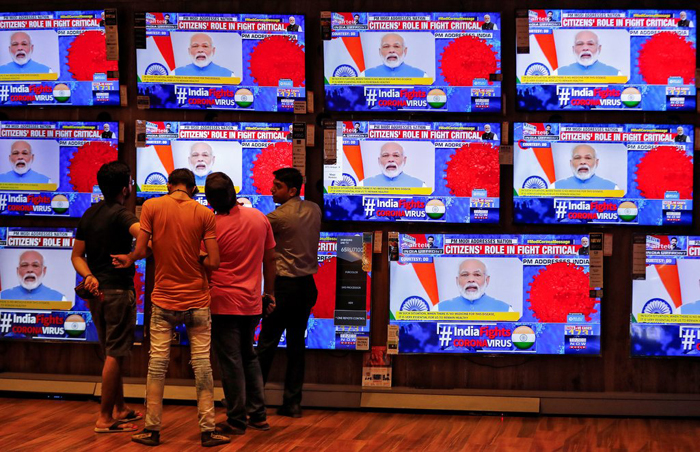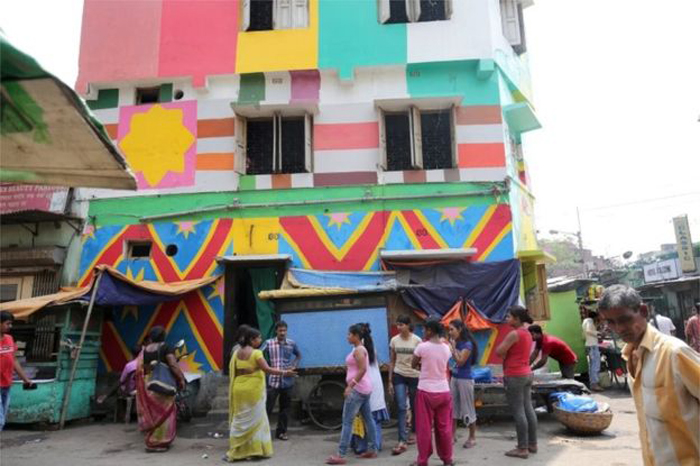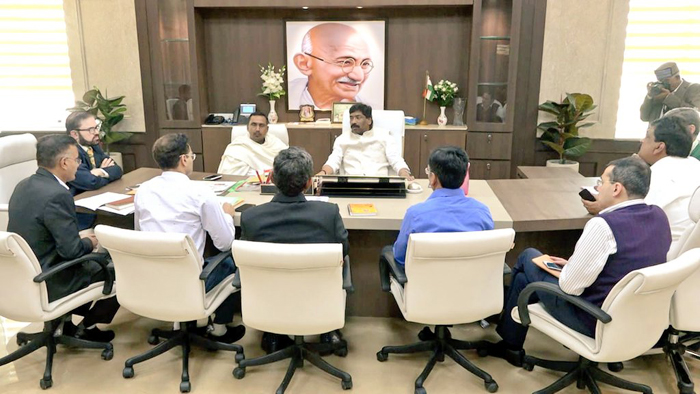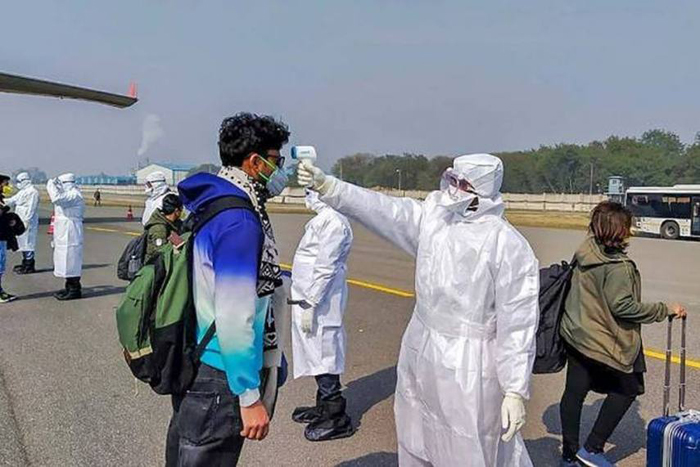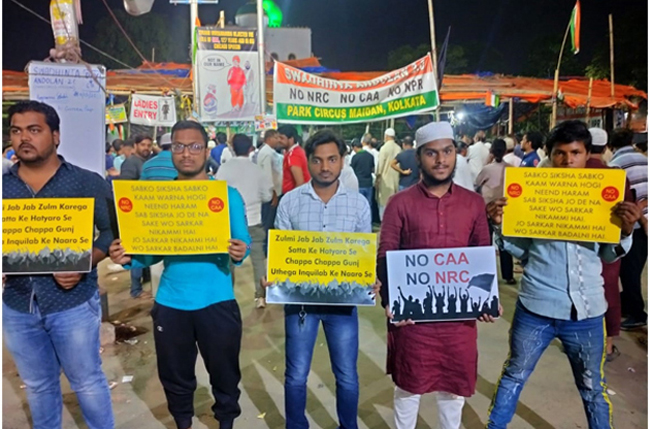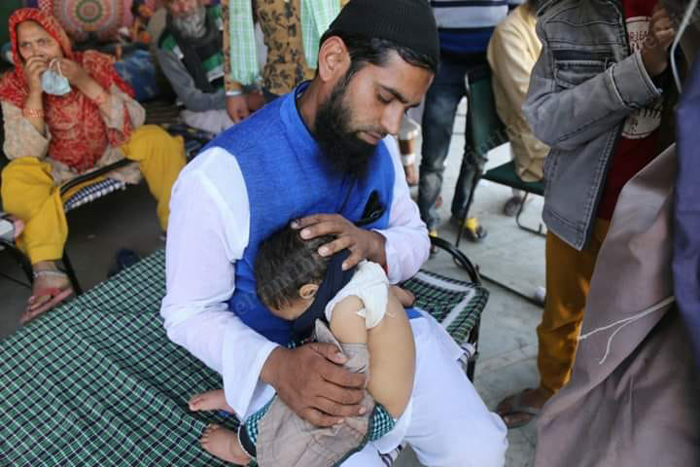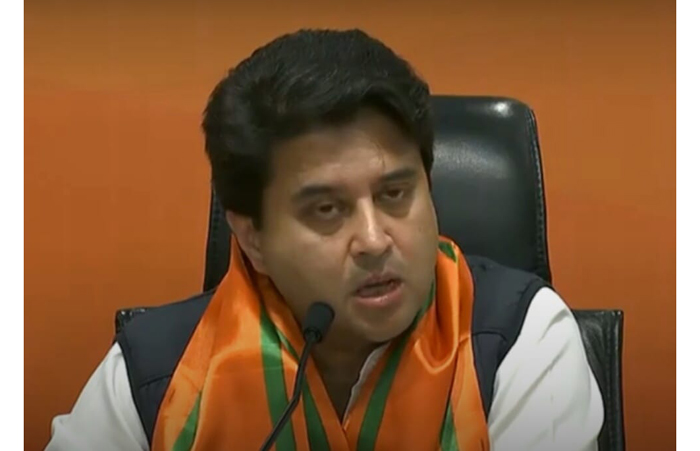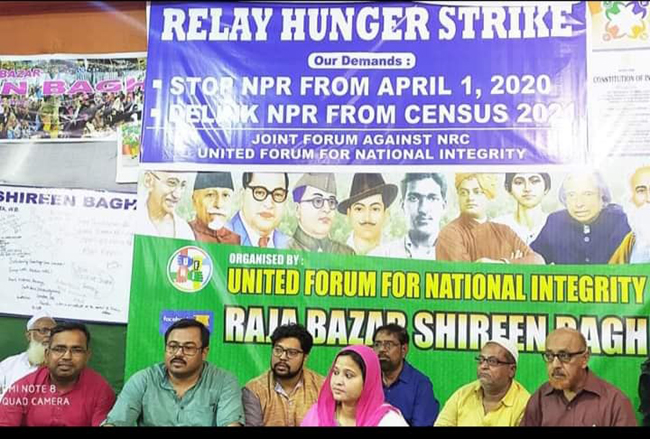[dropcap]को[/dropcap]रोना वायरस के कारण आर्थिक संकट गहराने लगा है। कुछ ही दिनों में कंपनियां डूबने के कगार पर पहुंच जाएंगी। लाखों करोड़ों लोगों की नौकरियां जा सकती हैं। इसे देखते हुए दुनिया की कई सरकारों ने अपने पैकेज के एलान कर दिए हैं। प्रधानमंत्री मोदी ने एलान किया है कि वित्त मंत्री की अध्यक्षता में एक कमेटी बनाई गई है जो एक्शन प्लान बनाएगी। भारत कितना पीछे चल रहा है, आप अंदाज़ा लगा सकते हैं। 30 जनवरी को भारत में कोरोना वायरस का पहला केस आया था। हम न तो अभी तक 10,000 सैंपल प्रति दिन टेस्ट करने की स्थिति में पहुंचे हैं और न ही आर्थिक पैकेज का कुछ पता है।
श्रीलंका में कर्फ्यू लग गया है। पूरे मुल्क में शुक्रवार शाम 6 बजे से लेकर सोमवार सुबह 6 बजे तक के लिए कर्फ्यू लगा है। 15 अप्रैल को होने वाले संसदीय चुनाव को टाल दिया गया है।
ब्रिटेन ने घोषणा की है कि जितने भी ब्रिटिश वर्कर हैं उनकी अस्सी फीसदी सैलरी सरकार देगी। यानि 2500 पाउन्ड प्रति माह। यह नौकरियों को बचाने के लिए किया गया है।
ब्रिटेन में अगली तिमाही के लिए वैट के भुगतान को टाल दिया गया है। कहा जा रहा है कि यह 30 अरब पाउन्ड के बराबर है। इससे कंपनियों को बाज़ार में बने रहने में मदद मिलेगी। ब्रिटेन में कई कंपनियां बंद होने के कगार पर पहुंच गई हैं। कंपनियों को बचाने के लिए 350 अरब पाउन्ड का पैकेज बनाया गया है। जिसे अनुदान और कर्ज़ के रूप में दिया जाएगा। ब्रिटेन की सात लाख छोटी कंपनियों को 10,000 पाउन्ड की नगद मदद दी जाएगी। हाउस लोन के भुगतान पर तीन महीने की रोक लगा दी गई है।
जर्मनी ने अपने यहां की कंपनियों को बचाने के लिए एक अरब यूरो के पैकेज का एलान किया है। ये पैसा कंपनियों को कर्ज़ के रूप में दिया जाएगा। कंपनियों के हाथ में पैसा रहे इसके लिए करों में भी छूट दी जा रही है। बावेरिया प्रांत ने 10 बिलियन यूरो का एलान किया है। इस पैसे से चरमारी कंपनियों के शेयर खरीदे जाएंगे ताकि उन्हें डूबने से बचाया जा सके। दुनिया भर में फंसे हुए जर्मन यात्रियों को लाने के लिए 50 मिलियन यूरो के पैकेज का एलान किया गया है। जर्मनी ने कोरोना वायरस से लड़ने के लिए टीका पर काम शुरू कर दिया है। इसके लिए 145 मिलियन यूरो की घोषणा की गई है। यह पैसा शिक्षा व शोध मंत्रालय को दिया जाएगा।
अमरीका ने अपने नागरिकों के हाथ में 1000 डॉलर देने का प्लान बनाया है। ब्रिटेन में इसे अपनाने की बात चल रही है। अमरीका में 104 बिलियन डॉलर के पैकेज की घोषणा हुई है। नागरिकों को मुफ्त में सैंपल टेस्ट करने की सुविधा दी जाएगी। बग़ैर बीमा के भी टेस्ट हो सकेगा। बच्चों को खाना मिलेगा। बीमार होने पर दस दिनों के लिए छुट्टी मिलेगी और कुछ वर्करों को 12 हफ्ते की सैलरी के साथ छुट्टी दी जाएगी।
जर्मनी ने अपने यहां की कंपनियों को बचाने के लिए एक अरब यूरो के पैकेज का एलान किया है। ये पैसा कंपनियों को कर्ज़ के रूप में दिया जाएगा। कंपनियों के हाथ में पैसा रहे इसके लिए करों में भी छूट दी जा रही है। बावेरिया प्रांत ने 10 बिलियन यूरो का एलान किया है। इस पैसे से चरमारी कंपनियों के शेयर खरीदे जाएंगे ताकि उन्हें डूबने से बचाया जा सके। दुनिया भर में फंसे हुए जर्मन यात्रियों को लाने के लिए 50 मिलियन यूरो के पैकेज का एलान किया गया है। जर्मनी ने कोरोना वायरस से लड़ने के लिए टीका पर काम शुरू कर दिया है। इसके लिए 145 मिलियन यूरो की घोषणा की गई है। यह पैसा शिक्षा व शोध मंत्रालय को दिया जाएगा।
स्पेन के प्रधानमंत्री ने घोषणा की है कि कंपनियों और उनके कर्मचारियों को बचाने के लिए 200 अरब यूरो का पैकेज दिया जा रहा है। सामाजिक सेवाओं में 600 मिलियन यूरो डाले जाएंगे।
पुर्तगाल ने भी 15 दिनो के लिए आपातकाल की घोषणा कर दी है। 18 मार्च से ही वहां आपातकाल है। वहां की सरकार जीडीपी के चार प्रतिशत के बराबर यानि 10 बिलियन यूरो का पैकेज लेकर आई है। कंपनियों को बचाने के लिए।
जहां दक्षिण कोरिया एक दिन में 15 से 20 हज़ार सैंपल टेस्ट करने की क्षमता पर पहुंच गया है भारत 30 जनवरी से लेकर 20 मार्च तक 15000 से कुछ अधिक सैंपल ही टेस्ट कर पाया है। यह सवाल उठ रहा है कि इतने कम सैंपल क्यों टेस्ट हुए हैं? भारत की क्षमता कितनी है, दिल्ली में कितनी है, पटना और बंगाल के बर्धमान में कितनी है, आगरा में कितनी है?
अमरीका में कैलिफोर्निया स्टेट को पूरी तरह लॉकडाउन कर दिया गया है। उसे देखते हुए कनाडा के ब्रिटिश कोलंबिया में भी लॉक डाउन की मांग चल रही है क्योंकि यहां के वैंकूवर में कोरोना से सबसे अधिक मौतें हुई हैं। कनाडा में 83 बिलियन डालर के पैकेज का एलान किया गया है। इसमें से 55 बिलियन डॉलर टैक्स छूट के रूप में दिए जाएंगे। टैक्स भुगतान की समय सीमा में छूट देकर यह राहत दी गई है।
इसके अलावा कनाडा ने नागरिकों की मदद के लिए 27 बिलियन डालर का पैकेज बनाया गया है। अप्रैल महीने से लोगों को हर दो हफ्ते के बाद 900 डॉलर दिए जाएंगे। इस हफ़्ते पाँच लाख लोगों ने अप्लाई भी कर दिया है। कनाडा में छोटे बिज़नेस को कर्मचारियों की सैलरी के लिए 10 प्रतिशत की सब्सिडी मिलेगी।
कनाडा के सभी दस प्रांतों ने भी अपने स्तर पर कई घोषणाएं की हैं। कई शहर के मेयर भी अपने स्तर पर एलान कर रहे हैं। कनाडा के राष्ट्रीय बैंकों ने कहा है कि कुछ लोग अपनी किश्त छह महीने के लिए टाल सकेंगे।
यही नहीं अभी तक एयरपोर्ट की स्क्रीनिंगं से यात्रियों के बच निकलने की खबरें आ रही हैं। स्क्रीनिंग में वीआईपी कल्चर की आहट सुनाई दे रही है। लखनऊ में कनिका कैसे बच कर निकल गईं और भीलवाड़ा में यात्री की वजह से डॉक्टर को संक्रमण कैसे हुआ? ज़रूरत है कि इन सब सिस्टम को पहले सख्त किया जाए। उसे विश्वसनीय बनाया जाए।
भारत में तब तक मीडिया इसी में लगा रहेगा कि भाषण कैसा था। यह समय वाह वाह करने का नहीं है। सख्त सवाल करने का है जिससे व्यवस्था सतर्क हो सके। याद रखिएगा। हम सभी एक ही नाव पर सवार है। अभी तक सरकार इसी सवाल का जवाब नहीं दे रही है कि भारत एक दिन में कितने सैंपल टेस्ट करने की क्षमता रखता है। क्यों अभी तक भारत ने 15000 के करीब ही सैंपल टेस्ट किए हैं। Canada ने अब तक 66,000 टेस्ट किए हैं। अब औसतन रोजाना 10,000 टेस्ट किए जा रहे हैं। पहले रोजाना टेस्ट कम थे।
जहां दक्षिण कोरिया एक दिन में 15 से 20 हज़ार सैंपल टेस्ट करने की क्षमता पर पहुंच गया है भारत 30 जनवरी से लेकर 20 मार्च तक 15000 से कुछ अधिक सैंपल ही टेस्ट कर पाया है। यह सवाल उठ रहा है कि इतने कम सैंपल क्यों टेस्ट हुए हैं? भारत की क्षमता कितनी है, दिल्ली में कितनी है, पटना और बंगाल के बर्धमान में कितनी है, आगरा में कितनी है?
यही नहीं अभी तक एयरपोर्ट की स्क्रीनिंगं से यात्रियों के बच निकलने की खबरें आ रही हैं। स्क्रीनिंग में वीआईपी कल्चर की आहट सुनाई दे रही है। लखनऊ में कनिका कैसे बच कर निकल गईं और भीलवाड़ा में यात्री की वजह से डॉक्टर को संक्रमण कैसे हुआ? ज़रूरत है कि इन सब सिस्टम को पहले सख्त किया जाए। उसे विश्वसनीय बनाया जाए।
थाली तो कभी भी बजा सकते हैं।


